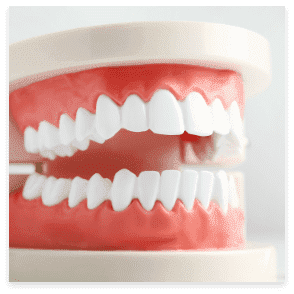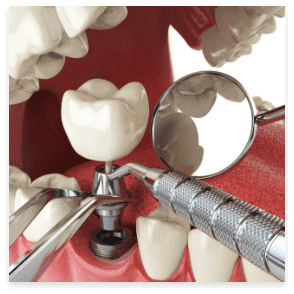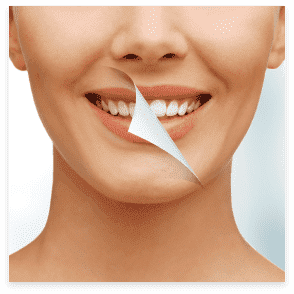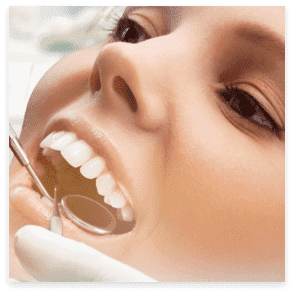WHAT IS PERIODONTAL THERAPY?
Periodontal disease causes inflammation of the gums ranging from mild gingivitis to more severe periodontitis. A range of treatments are available, including gum surgery, scaling root planing (cleaning infected root surfaces), root surface debridement (removal of damaged tissue), and regenerative procedures (reversal of lost bone and tissue). The goal of periodontal therapy is for the patient to have strong and healthy gums.
Why do I need periodontal therapy?
Just because we age, doesn’t mean we will lose our teeth as we get older. If one can adopt a good oral hygeine program and get regular checkups with their family dentist in Spring Hill, chances are high that they can keep their natural teeth for life. That means not only caring for the teeth themselves, but also the supporting structures such as maintaining healthy gums and bone.
Gum disease is a bacterial infection that threatens the integrity of these structures. That is why dentists are always on the lookout for early signs of disease that the patient may not notice. When signs of trouble appear, periodontal therapy may be needed.
If left untreated, inflammation can cause the gums and supporting bone structure to deteriorate, which can lead to gum recession and tooth loss. In addition, gum disease may be indicative of other medical conditions and diseases, such as diabetes and heart disease.

Who gets periodontal therapy?
People with red, swollen gums, bleeding gums after brushing, shrinking gums and/or loose teeth are showing symptoms of gums disease. These people should seek treatment as soon as possible.
How Does Periodontal Therapy Work?
Periodontal Therapy can take many forms, but the end goal is to always restore the diseased gum tissues to their healthy state. Gum disease (periodontitis) can spread from the gums and infect the bone that supports the teeth, which can cause tooth loss in some severe cases. There are many treatments that can combat the effects of gum disease including deep cleaning that can remove plaque and tartar from below the gum line to surgery used to repair the gum line and lost bone tissue.
The Process Of Periodontal Therapy
Periodontal therapy includes both surgical and non-surgical techniques that can restore gum and bone tissues back to health. These techniques include:
- Gum Grafting – One way to restore lost or infected gum tissue is through a grafting technique whereby we can move the tissue from a healthy gum area to where it is needed.
- Deep Cleaning Or Scaling – Often used as a starting place for periodontal therapy, this treatment uses hand tools or electronic instruments to remove and clean plaque and tartar from below the gum line.
- Plastic Surgery – In areas of bone or gum loss, plastic surgical techniques may be used to reshape the gumline.
- Laser Treatments – Removal of infected tissues by using lasers can offer the patient many benefits including less discomfort and shrinkage of the gums.
- Crown Lengthening – This is a surgical procedure in which teeth that are covered by too much gum or bone is treated to be more exposed for cosmetic purposes or to help aid in securing new dental crowns.
- Implants – The modern preferred method for replacing a tooth is with dental implants, which is a procedure where a fitted prosthetic tooth is installed beneath the gum and into the jawbone. The result is a tooth that is indistinguishable from a natural tooth.
How Do I Prevent Periodontitis?
Plaque is the main cause of periodontal disease. It is critical to be sure to remove as much of it as possible with effective daily brushing and flossing. However, this doesn’t mean scrubbing. Using too much pressure and aggressive technique can actually cause a person’s gums to erode and become inflamed. Questions about proper brushing technique can be answered by Dr. Juan C. Fabrega and his team.
It is also important to come to the office for a regular checkup and professional cleaning, because there are some areas that a toothbrush or floss can’t reach. A dental exam is also the time that starting gum disease can be detected even before the patient notices.
Lastly, eating a nutritious diet that is low in sigar and staying away from tobacco of all types can help you keep your gums healthy and allow you to keep your teeth for life.
If you have questions about periodontal therapy, use our website to contact us or call us at (352) 848-1050 and schedule an appointment to see us today.
HAPPY TEETH = HAPPY LIFE!
Choose your smile
Get In Touch
Send us a message, and we will respond within one business day.









